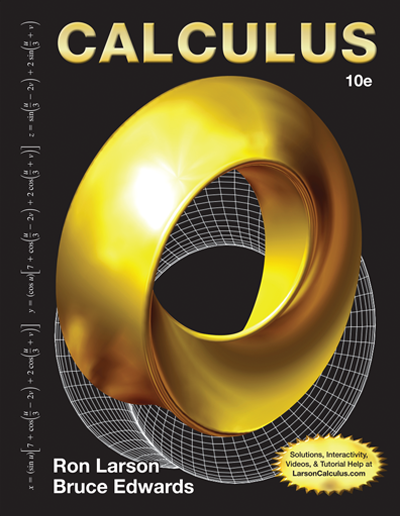Nicolaus Copernicus
(1473 – 1543)
Nicolaus Copernicus (or Nicolaus Koppernigk, as his name is rendered in Polish), was the founder of modern astronomy. Born in Torun, Poland on February 19, 1473, he was educated first at the University of Cracow and later at the Universities of Padua and Bologna. He studied mathematics, art, medicine, and canon law.
Copernicus’s interest in astronomy was stimulated by a mathematics professor with whom he lived while attending the University of Bologna. Copernicus’s first recorded astronomical observation is dated March 9, 1497. In 1500, he lectured in Rome on his observation of a lunar eclipse, though soon thereafter he left for Padua to study medicine. In 1512, after earning a doctorate in canon law, he returned to Poland and was appointed to a post as church administrator.
Copernicus was a versatile scholar: his first work, a Latin translation of a 7th-century Byzantine writer’s letters on morals, was published nearly concurrently with the completion of a treatise on astronomy. Two years later, he published a book on economics.
His most important work, On the Revolutions of the Heavenly Spheres, was completed in 1530. Copernicus was well aware that his thesis, “we revolve around the sun like any other planet,” was heresy. Anxious to avoid a confrontation with the officers of the Inquisition, Copernicus withheld publication of the book until just before his death on May 24, 1543.
Copernicus was not the first to suggest that the sun, not the earth, rested at the center of the solar system; however, his detailed mathematical model of the orbits of the planets was original. His calculations proved that the earth revolves around the sun, and at the same time rotates daily on its axis. He also explained the phenomenon of retrograde motion. A by-product of his investigations in astronomy was his contribution to the development of trigonometry, necessitated by his sophisticated computations of the orbits of the planets.
The theological implications of Copernicus’s theories can scarcely be overestimated. By placing the sun, not the earth, at the center of the solar system, Copernicus challenged the literal interpretation of certain passages of the Bible. If Scripture were found to be in error, would not the authority of the Church be suspect? Copernicus’s theories were condemned by the pope on one hand, and by Martin Luther on the other. Not until the seventeenth century, and the gradual erosion of ecclesiastical control, did Copernicus’s theories, as modified by Newton, receive the widespread acceptance they deserved.
Links
http://www-history.mcs.st-andrews.ac.uk/Biographies/Copernicus.html
http://plato.stanford.edu/entries/copernicus/
http://www.biography.com/people/nicolaus-copernicus-9256984
References
- Asimov, Isaac. Asimov’s Biographical Encyclopedia of Science and Technology. Garden City, New York: Doubleday & Company, Inc., 1972.
- Burton, David M. The History of Mathematics. 2d ed. Dubuque, IA: Wm. C. Brown Publishers, 1988.
- Eves, Howard. An Introduction to the History of Mathematics. 6th ed. Fort Worth: Saunders College Publishing, 1992.
- Gillispie, Charles Coulston, ed. Dictionary of Scientific Biography. Vol. III. New York: Charles Scribner’s Sons, 1971.
- Kline, Morris. Mathematical Thought from Ancient to Modern Times. Vol. I. New York: Oxford University Press, 1972.











